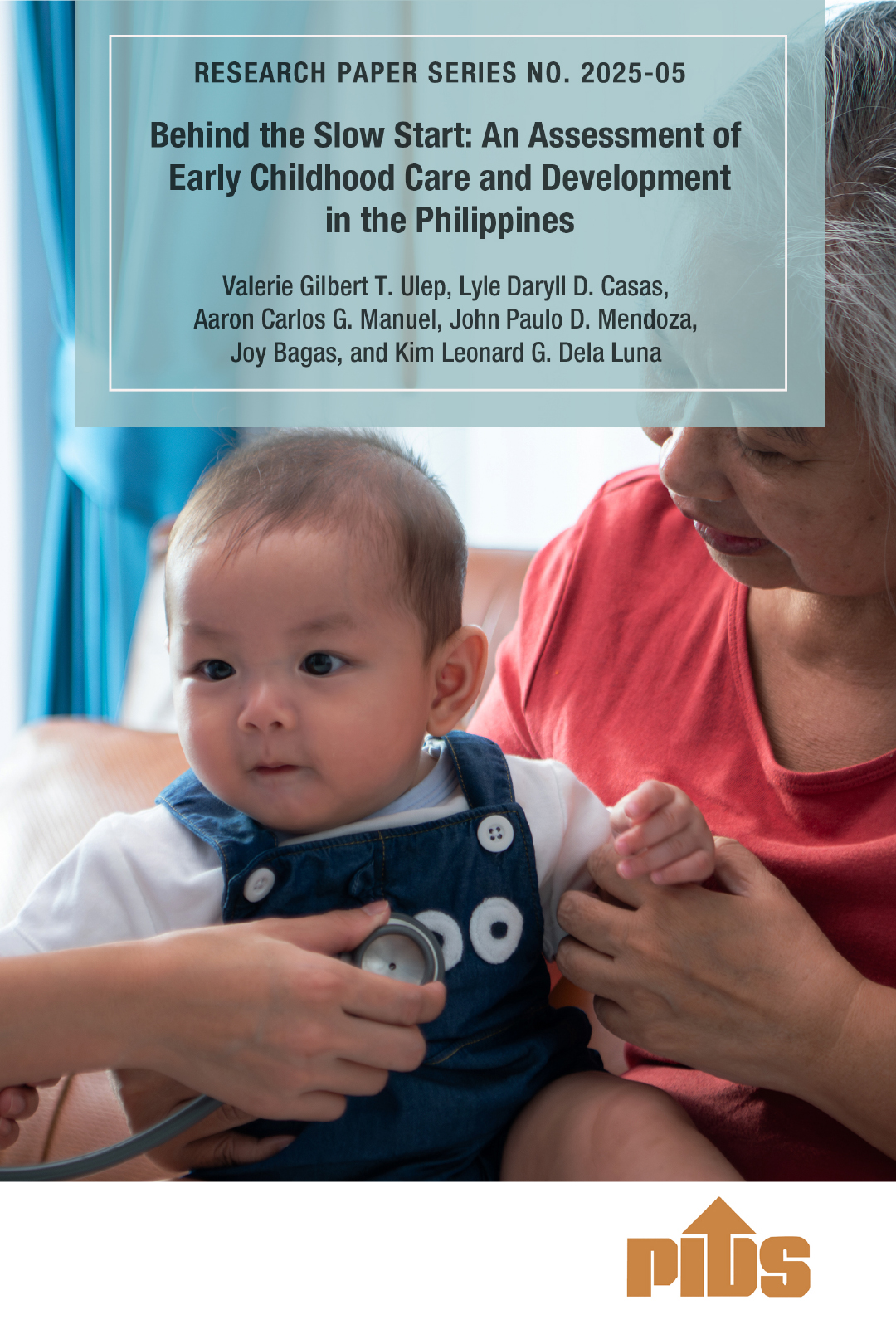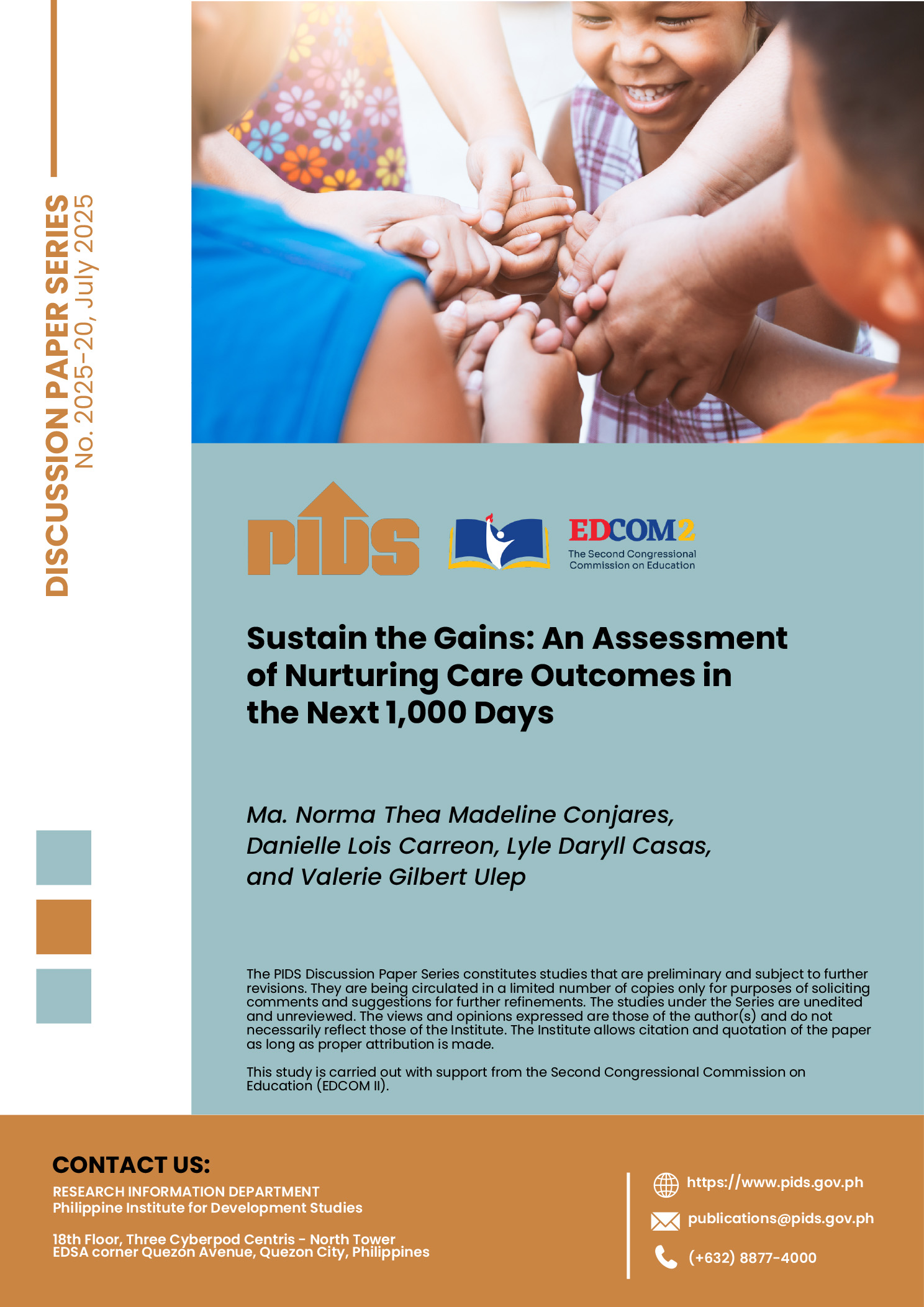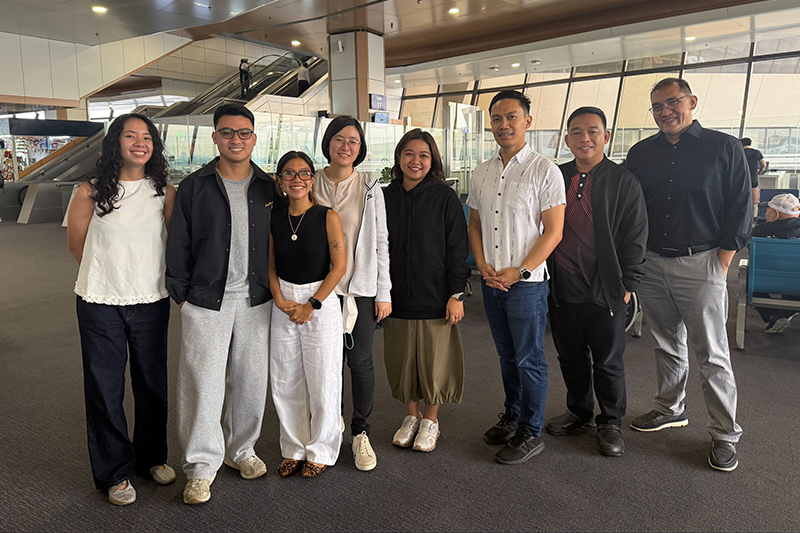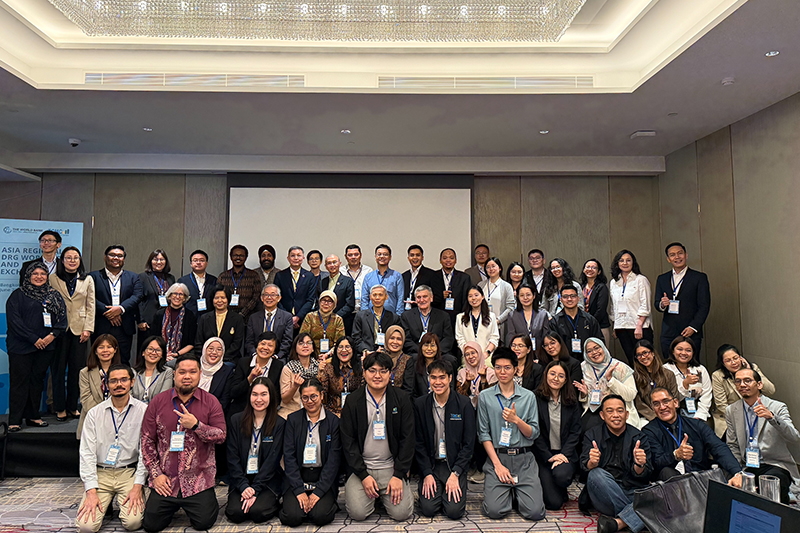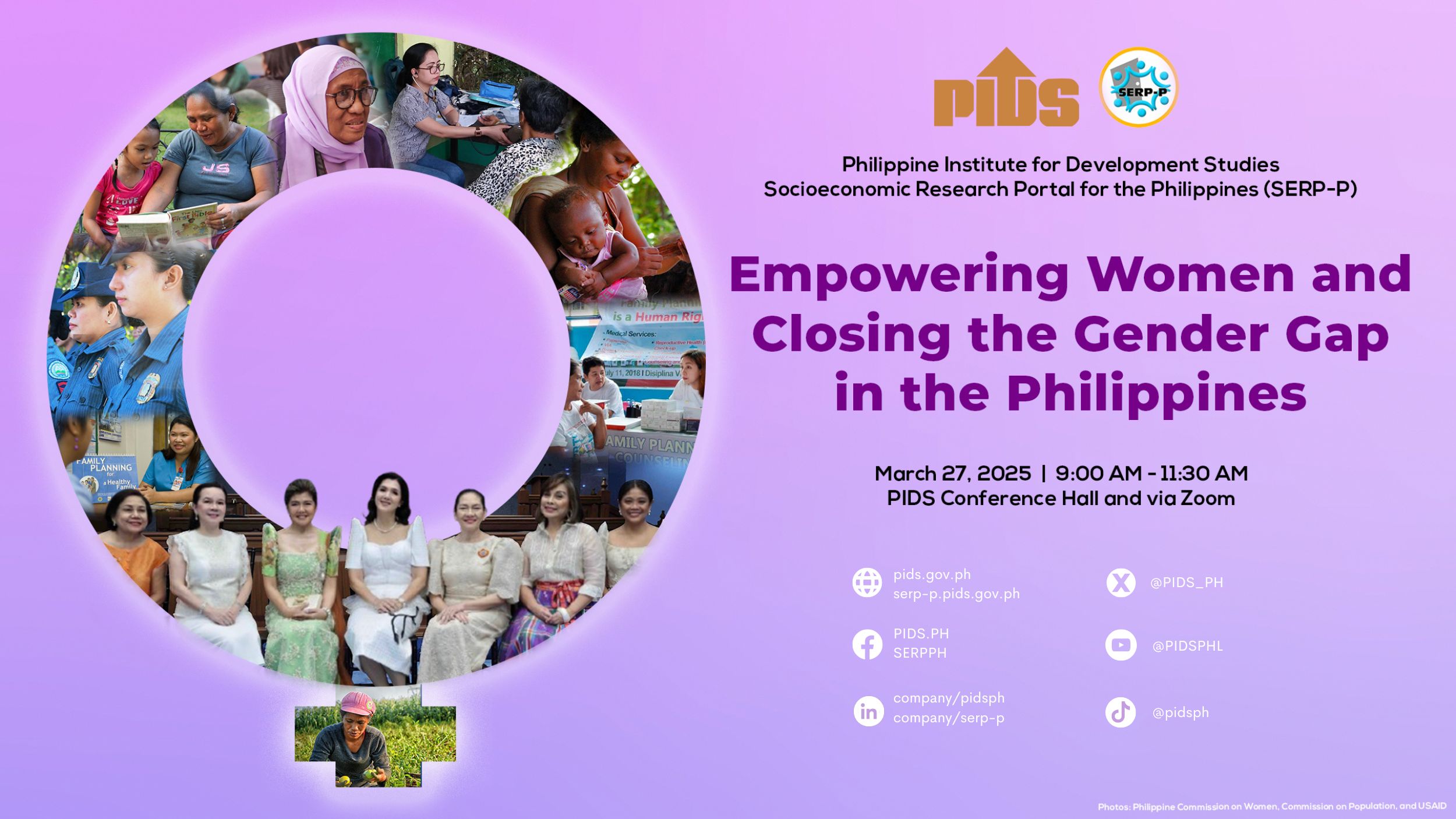Years ago, I worked as a volunteer staff nurse at the Emergency Room Department of a district hospital in Laguna. Like many young idealists fresh out of school, I wanted to serve. But what I witnessed — overcrowded wards, tired staff, broken equipment, and patients praying they'd be seen before it was too late. It was a reality check that still haunts me. More than 16 years have passed, and tragically, not much has changed across the country.
Healthcare inequality in the Philippines is not just a policy failure; it's a lived experience for millions of Filipinos.
We operate under a dual system: public hospitals designed for the masses, and private hospitals that cater to those who can pay. In theory, both should complement each other. In practice, they expose the stark divide between the haves and have-nots.
Private hospitals offer quality service, quick diagnostics, better facilities, and often, a more comfortable environment. But comfort comes at a steep cost. A private room alone can cost up to P10,000 per night. Fortunately, for the working middle class with employer-sponsored health cards, this issue is often less of a concern. However, for the average minimum-wage earner, that's an impossible burden. Families often delay care or take out loans just to be admitted.
Public hospitals, on the other hand, are perennially overstretched. During my time in Laguna, patients would lie on benches, some even on the floor, waiting for a chance to be treated. Doctors and nurses were overworked and underpaid. Sadly, that experience hasn't aged.
In a recent forum, themed "Elevating Philippine Healthcare," Dr. Raymond Francis Sarmiento, chief medical informatics officer of mWell and Metro Pacific Investment Corp. (MPIC), shared that six to seven out of 10 Filipinos still die without ever seeing a healthcare professional. That isn't just a statistic — it's a national shame.
The Universal Health Care (UHC) Act of 2019 was a bold move in the right direction. Automatic PhilHealth coverage for all Filipinos sounded revolutionary. But as someone who has worked in healthcare operations for nearly two decades, I can tell you: implementation is everything.
And implementation has been rocky.
According to a 2022 Philippine Institute for Development Studies (PIDS), most patients still pay out of pocket because PhilHealth only covers 30 to 40 percent of actual hospitalization costs. Worse, A 2023 Commission on Audit report revealed that P89.9 billion in unutilized PhilHealth funds were directed to be returned to the national treasury, prompting concerns over potential impacts on healthcare services. That's money that could've saved lives, prevented disease, and eased the financial pain of thousands of families.
Adding insult to injury, the 2025 national budget reflected zero allocations or subsidy for PhilHealth from the national government. While there is an ongoing petition from healthcare advocates before the Supreme Court challenging the constitutionality of the zero-subsidy provision in the 2025 General Appropriations Act (GAA), but the damage had already been done. It sent a clear message: healthcare is still not treated as a top priority.
Our healthcare workers are exhausted and undervalued
One of the most painful truths I learned as a healthcare professional is that compassion can only go so far when you're hungry, exhausted, and underpaid. The Alliance of Health Workers has been advocating for a P33,000 entry-level salary for all health workers, citing the need for wage increases to cope with rising living costs.
Back then, some of my colleagues volunteered for months without pay, driven by hope that they'd eventually get a permanent slot. Today, that same story is still being told in our public hospitals. Many of these healthcare heroes have since moved abroad for better opportunities. Who can blame them?
Bridging the gap between public and private healthcare isn't about choosing one over the other. It's about fairness. It's about dignity. Every Filipino, regardless of their income, deserves quality care.
Here's what we need to do:
- Increase public health spending. While WHO emphasizes that there is no universally applicable 'recommended' level of health spending, allocating at least 5 percent of GDP to public health spending can be beneficial for progressing toward Universal Health Coverage (UHC)
- Hold PhilHealth accountable. Fund mismanagement must stop. We need stronger governance, faster reimbursements, and better service integration.
- Reform pay structures for health workers. Provide competitive wages, secure tenure, and mental health support for those on the frontlines.
- Encourage public-private partnerships. The private sector should be incentivized to support public facilities, especially in rural areas where access remains limited.
- Localize solutions. Empower LGUs to invest in mobile clinics, eHealth services, and community-based primary care centers tailored to their populations.
Choose leaders who care
As we, Filipinos cast their votes, we must ask: Are we electing leaders who understand the true cost of neglecting healthcare? Are they committed to health equity — or just temporary band-aids?
Dr. Tedros Adhanom Ghebreyesus, WHO Director-General, reiterated the organization's constitution:
"The enjoyment of the highest attainable standard of health is one of the fundamental rights of every human being, without distinction."
Let's not allow our fellow Filipinos to be denied this right simply because of where they were born, what job they have, or how much they earn.
We cannot continue to romanticizing Filipino resilience. We must demand equity. We must build a system where a mother in Basilan, a child in Tondo, or an elderly farmer in Laguna receives the same level of care as someone in an air-conditioned private room in Alabang, Makati or Bonifacio Global City.
Healthcare is not a privilege. It is a right. And until we treat it as such, our nation will never truly be whole.

